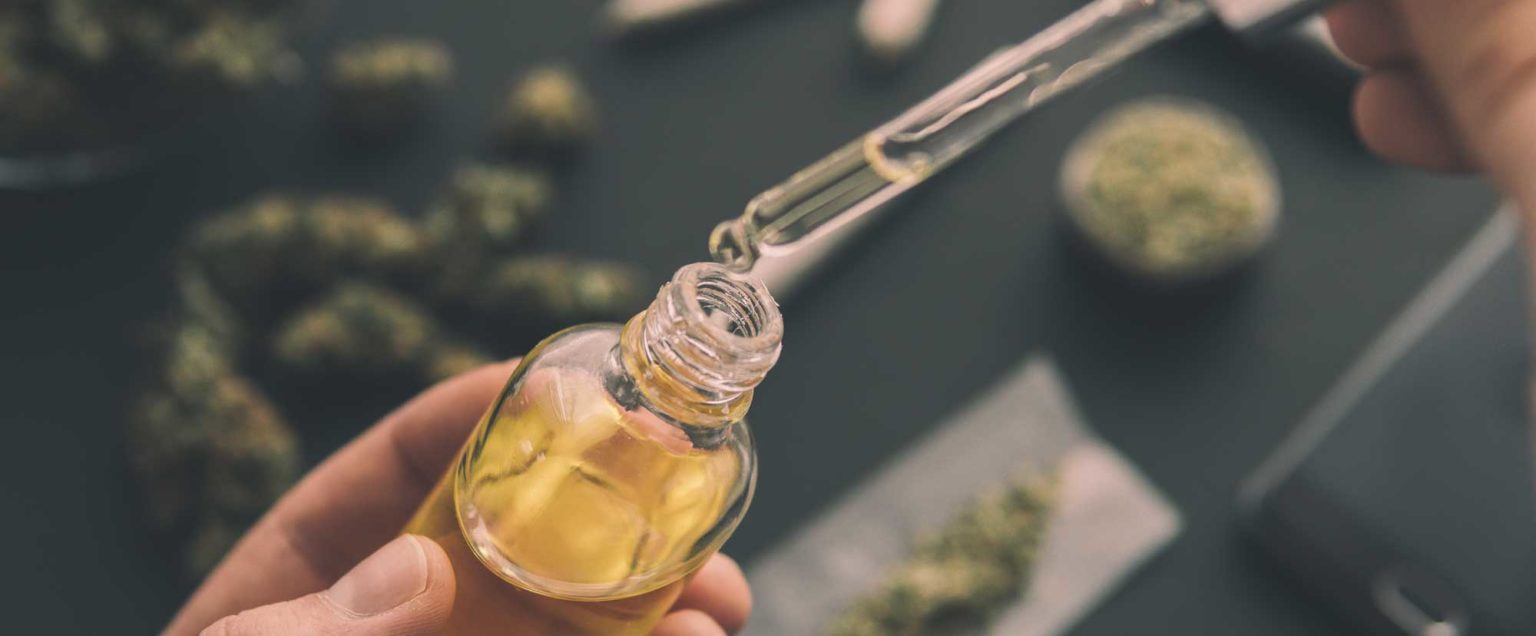3 min read
Marijuana due diligence: retrospectives, reviews and predictions
![]() AML RightSource
:
June 11, 2020
AML RightSource
:
June 11, 2020

Marijuana legalisation is a burgeoning topic for, not just the financial services domain, but wider society as a whole. Not many other industries have had such a to-and-fro of opinion in the past few years, coupled with an increase in legal production and distribution (mainly medical) for many countries, particularly within the USA.
We have speculated on the issue before about how the cannabis industry poses risk and compliance burdens for banks. However, the first half of 2020 has seen changes worldwide that could alter the view of legalisation, having repercussions on banks in the possible near future. Is the road to legal marijuana production all smoke-and-mirrors, and why does the issue pose such a conundrum for banks’ due diligence protocols?
Sowing the seeds
The Covid-19 pandemic has raised as many questions as answers in general, with the marijuana legalisation conundrum included. One staunch viewpoint for it notes past behaviour from prohibitionists over-turning bans on alcohol during The Great Depression to become a truly booming industry. With a spectre of recession imminent, the tax and employment benefits available from the cannabis industry give some indication for positive economic opportunities.
Farfetched? During these particularly obscure times, some States in the US have deemed their legal dispensaries ‘essential businesses’; early-adopters California and Colorado, in particular. Even outside the US, Europe has seen an undoubted rise in the legal trading of derivative products such as CBD oils on their high streets this year. Hence, there have been projections in the financial draws that marijuana-related businesses (MRBs) can bring. In North America alone, 2021 could see an excess of $20 billion, while other estimates for 2022 could see $80 billion.
What is important to flag is the difference between hemp and marijuana despite being from the same cannabis plant; the 2018 Farm Bill saw hemp removed from the controlled substances list, an agricultural product, due to its low percentage of THC. Governmental acts like this have prompted a surge in servicing from banks in MRBs, but cracks can be found in the knowledge of laws, at both state and federal level. Despite positive steps towards clarifying substances and their legal status, due diligence of listed companies is a step that many institutions have not even got to yet.
The question marks
A gulf in knowledge has caused this initial caution for financial institutions, backed up by numerous other factors concerning screening operations. Only 8.4% of all US depository institutions are involved with the marijuana industry, alongside the fact that only 500 of the 11,000 banks and credit unions in the country will serve businesses related with cannabis. The facts indicate the lack of practical moves into product investments of this kind.
Banking institutions also have plenty to query when it comes to businesses of this type, as there are drastic KYC and AML processes to consider. The possession and sale of marijuana remains federally illegal, and the American Banking Association therefore outlines that any contact with monetary assets relating to state operations could be considered money laundering. Regulatory and legal compliance for banks remains extremely problematic here in this case, with extensive customer due diligence (CDD) required at the very least for MRBs. Elsewhere, US credit card companies view transactions relating to the drug with trepidation, and often refuse to process them. The reliance on cryptocurrencies for some businesses brings into account further stipulation of nefarious activity.
A growth market?
Despite these concerns, it is no doubt (no matter how hard a financial company may resist) that the investment opportunities in the space are unavoidable as the market gains momentum. Indeed, many medical marijuana companies have accounts with the US’s ‘big-four’ investment banks. What will be needed in the near future is data-driven compliance tools for thorough investigative techniques as differentiation between lawful and illegal cannabis usage becomes more clear constantly.
With that brings into account a greater need for advanced KYC technology to onboard MRBs and identify Ultimate Beneficial Owners (UBOs) in the field; official data sources for those deemed the beneficiaries at the top of the business tree. In the EU for example, the release of the 5th Anti Money Laundering Directive (5AMLD) has made it mandatory for member states to open up UBO registers. Whilst this is currently limited to the European Union, and the debate to how useful the release of these registers are for improving banks’ KYC processes and identify criminals, North American regulators have made UBOs a key concern for financial institutions, and these registers could identify entities that own or control MRBs to determine their risk profile. The level to which due diligence is being carried out on UBO registers is improving as technological solutions strive to gain greater detail into the released data.
This all of course carries immense monetary expense, and once an entity can be deemed high-risk, additional CDD is needed. It has already been noted however that some of the largest financial institutions have hired compliance teams specifically geared to specialise in due diligence for these companies. Much is being done to investigate the possibility of MRBs as legitimate businesses, both now and in the future, with FinCEN outlining a risk-based approach to how financial institutions should carry out their CDD, and that steps should be taken according to risk factors that are specific to each institution.
The marijuana issue remains at the back of the many minds right now, but New Zealand’s ‘Cannabis Legalisation and Control Bill’ planned for September will assess the situation, a country that has weathered the worst of the storm it seems. Perhaps towards the end of 2020, the marijuana legalization debate will be re-lit, and banks in the US and beyond must adapt their screening procedures to accommodate a potentially bigger boom in pot interest, medical or recreational. A little more time could be very telling.
